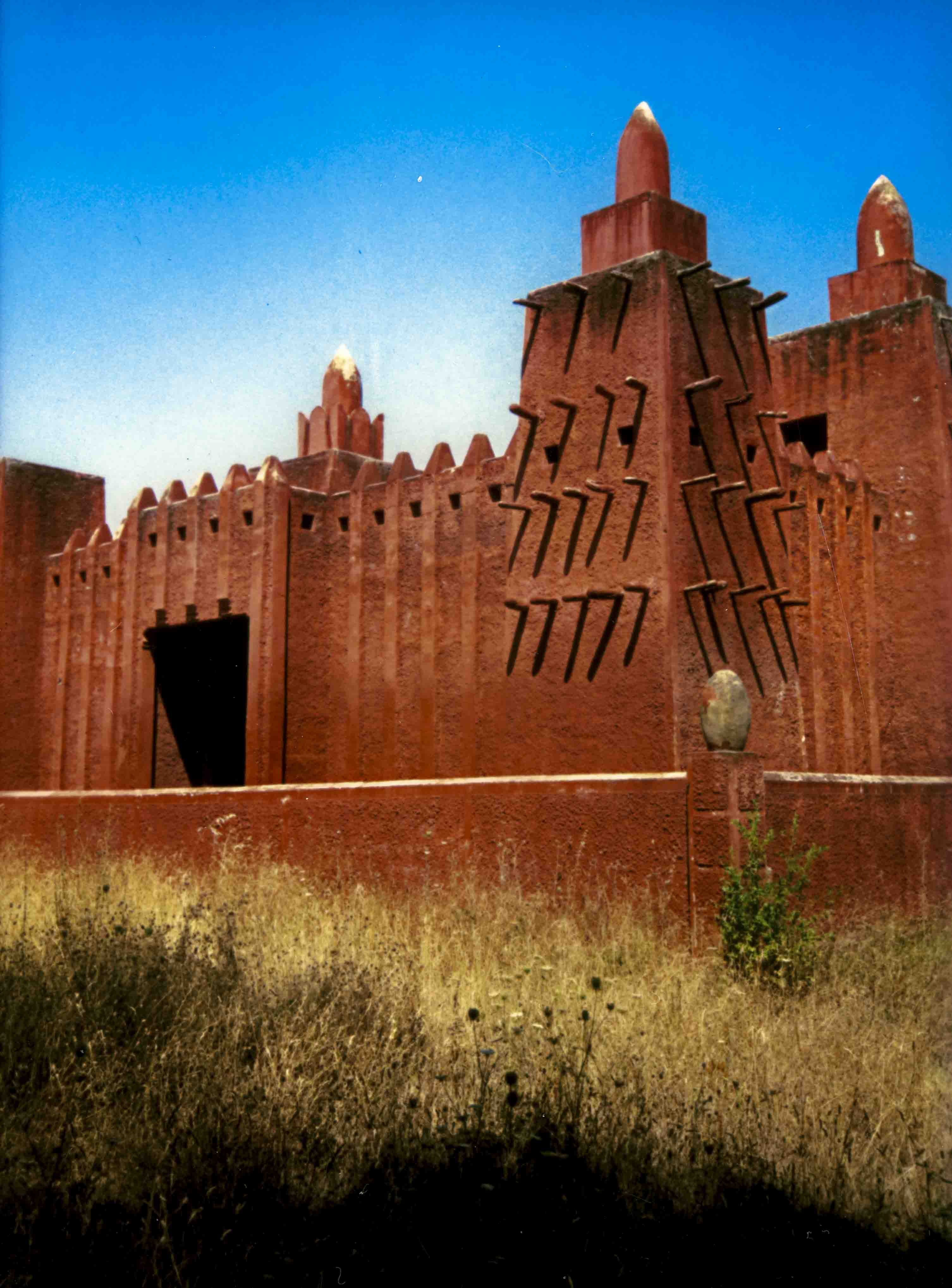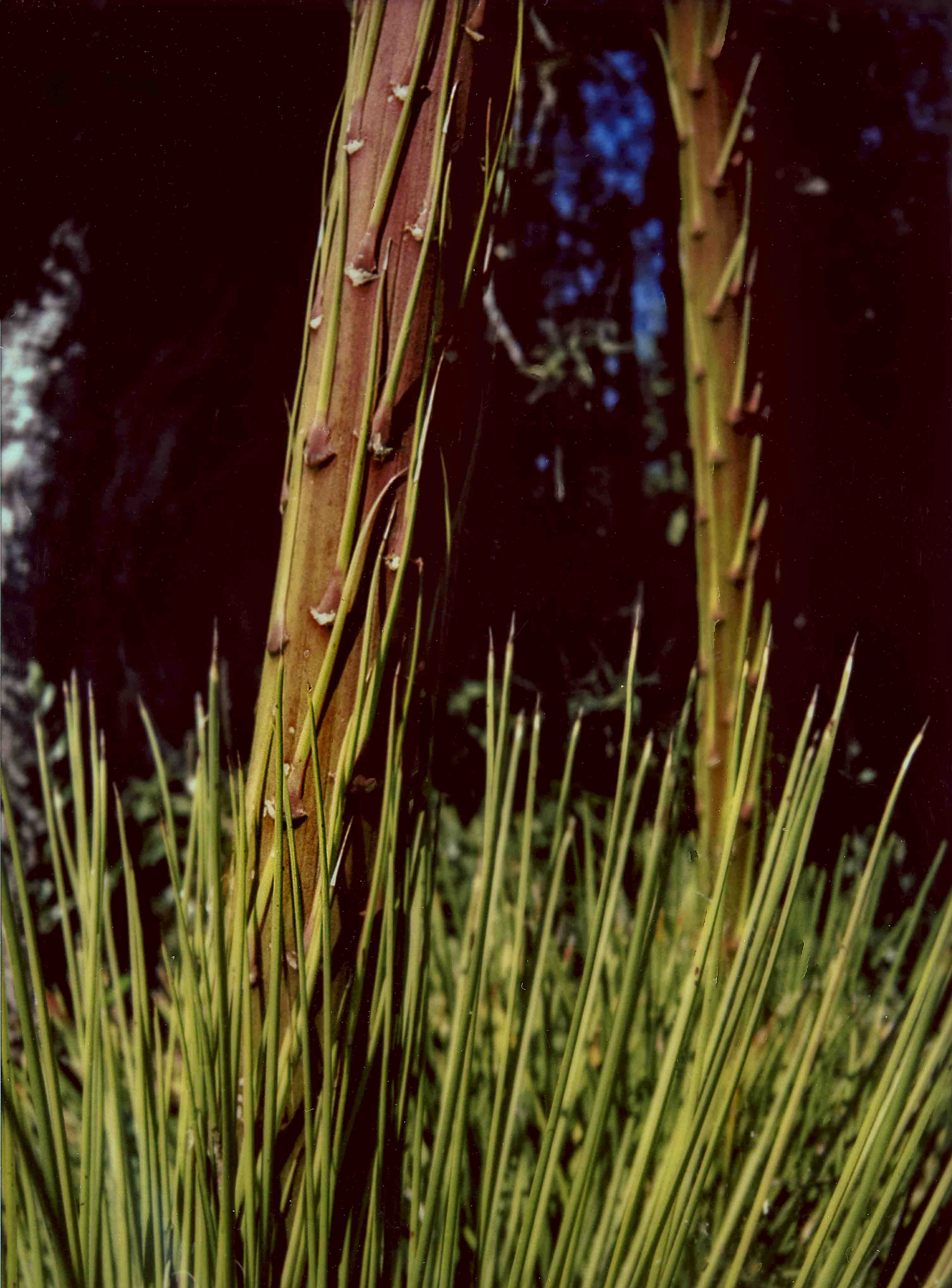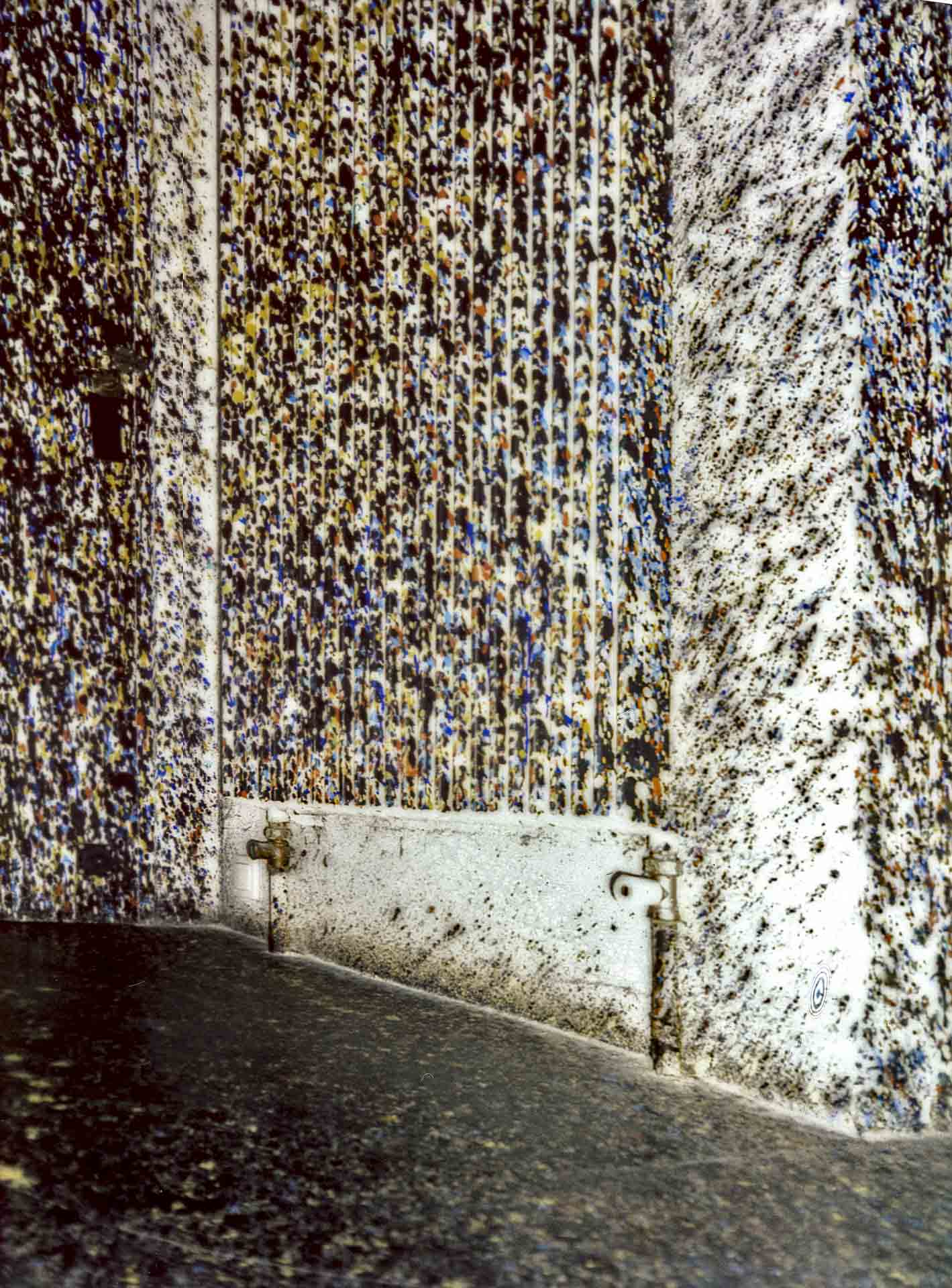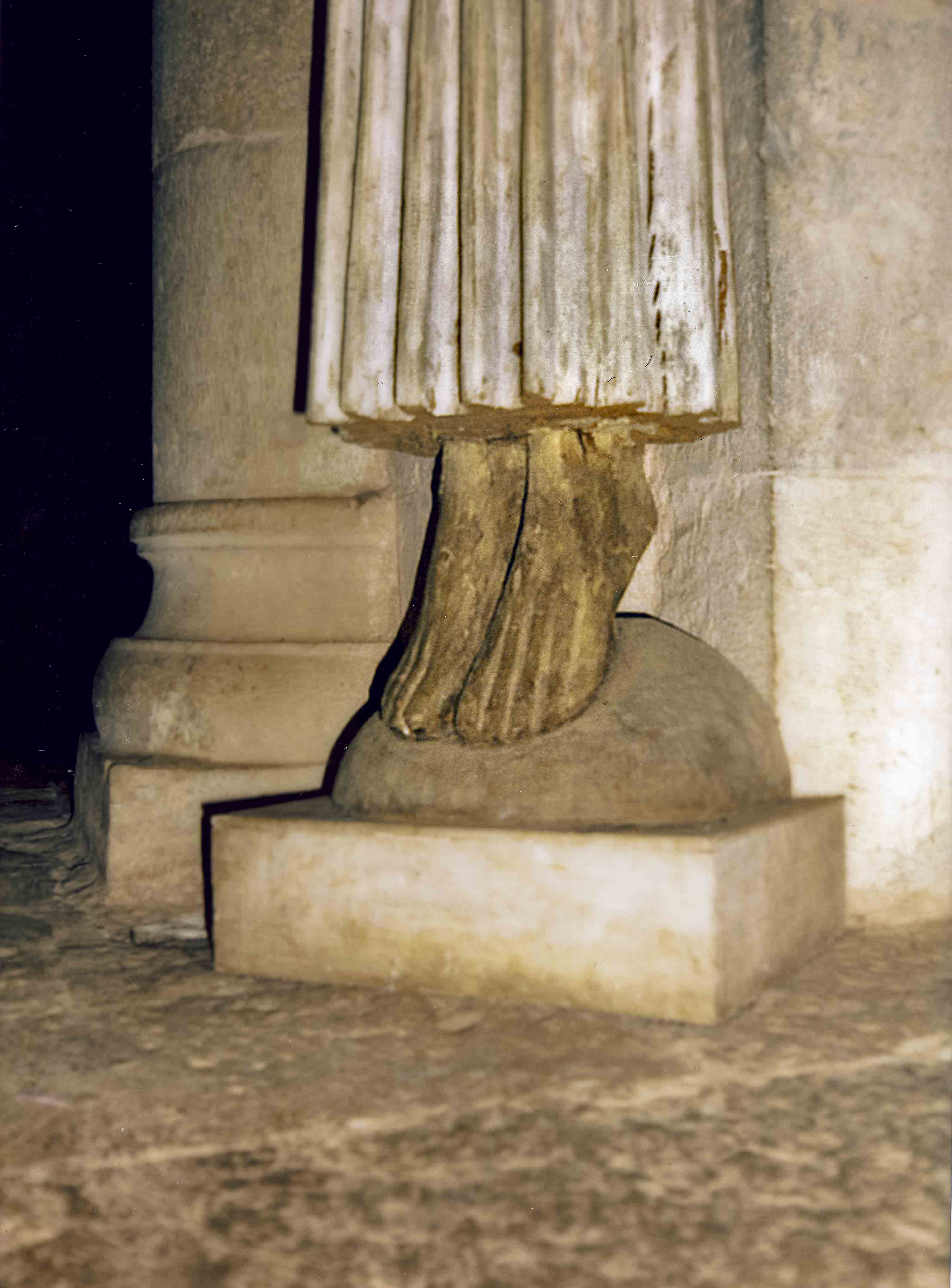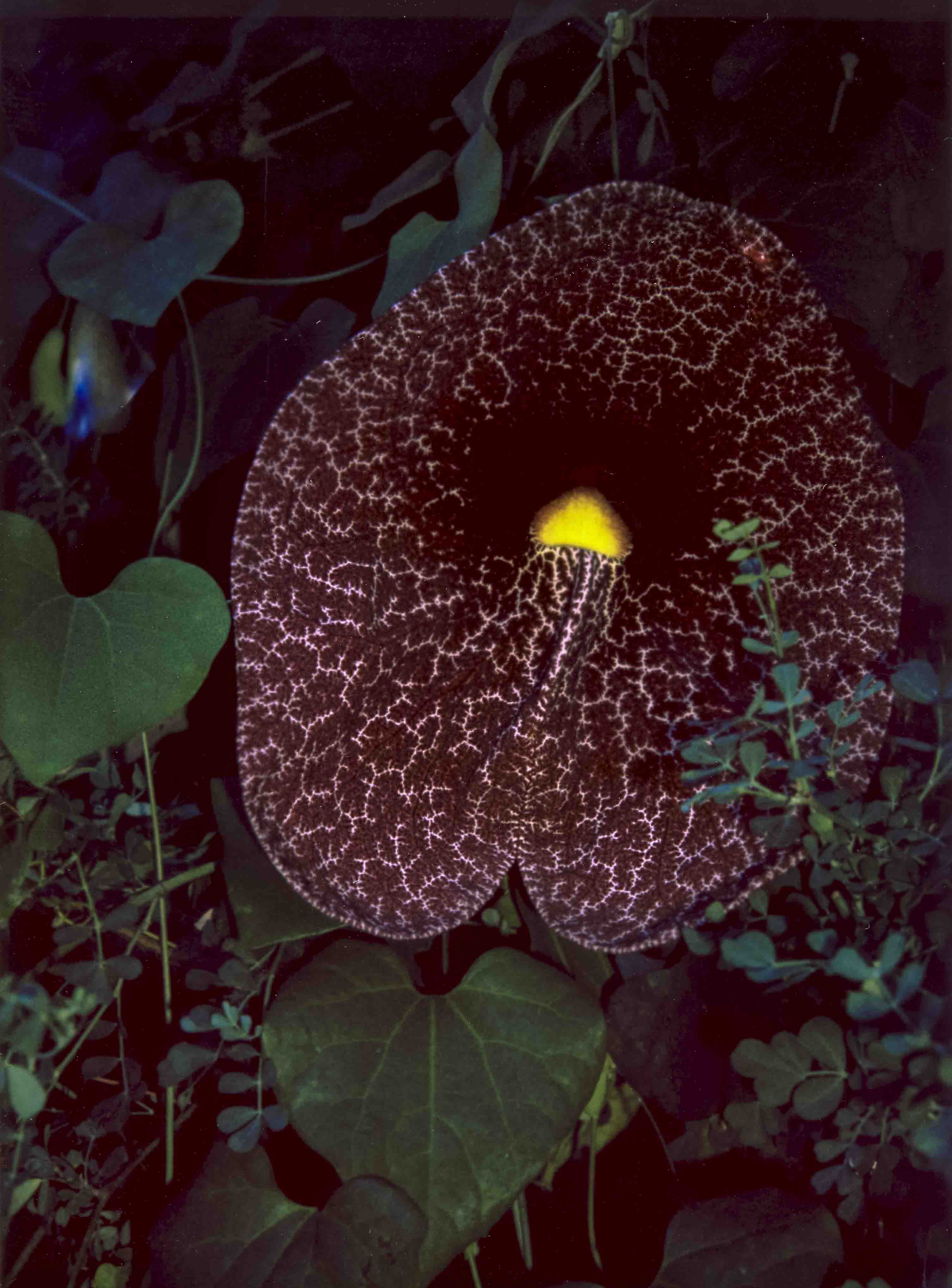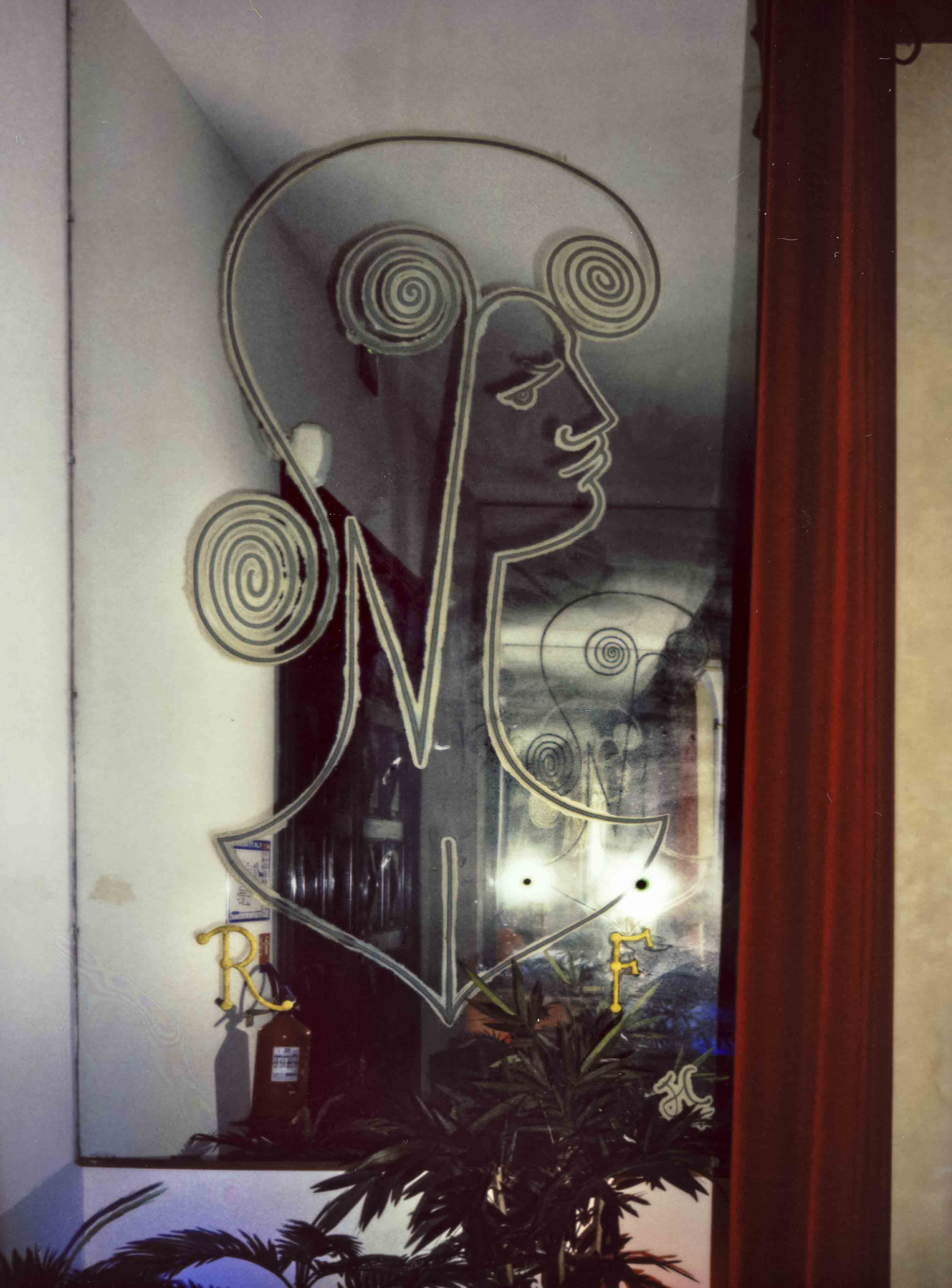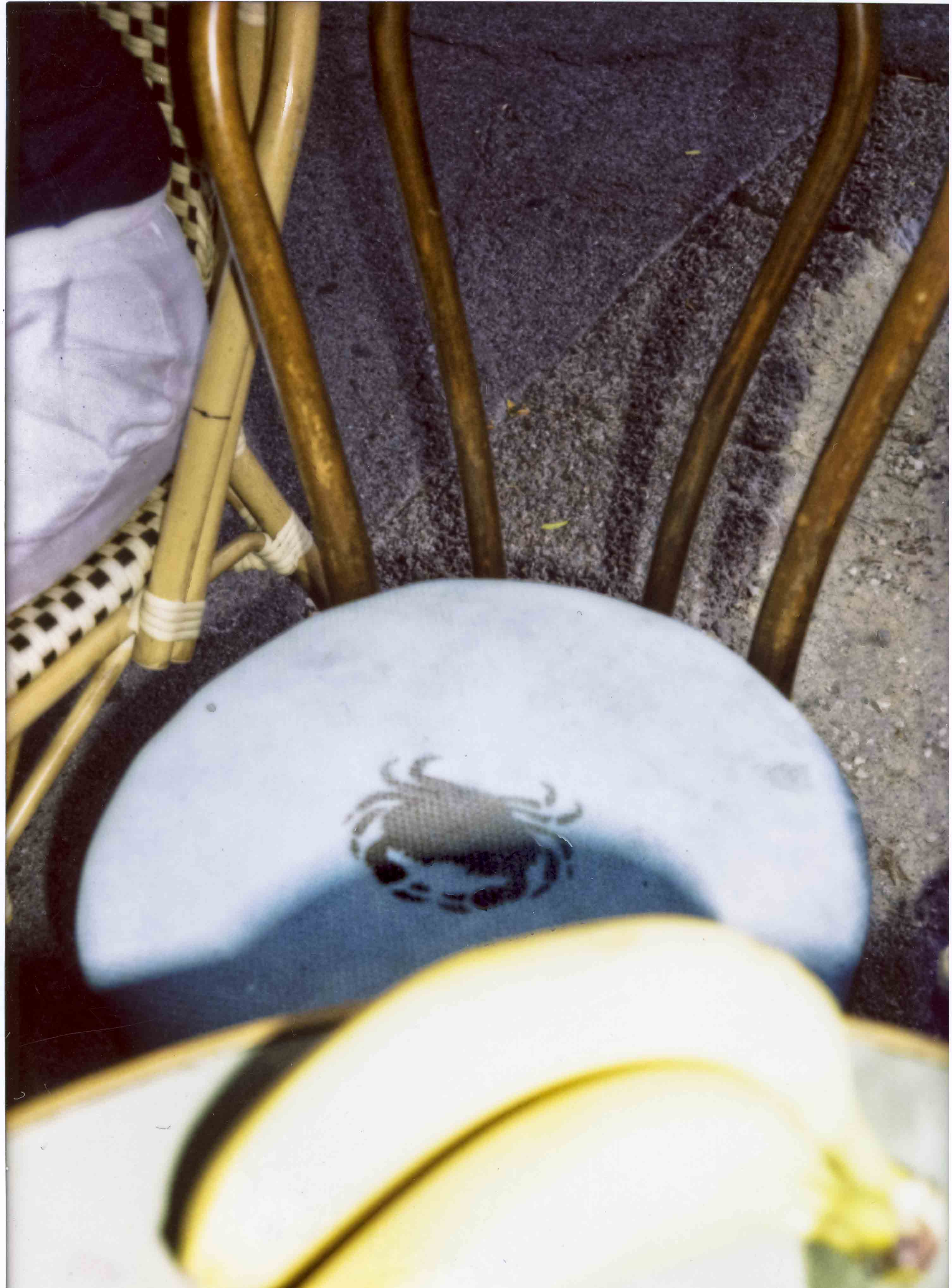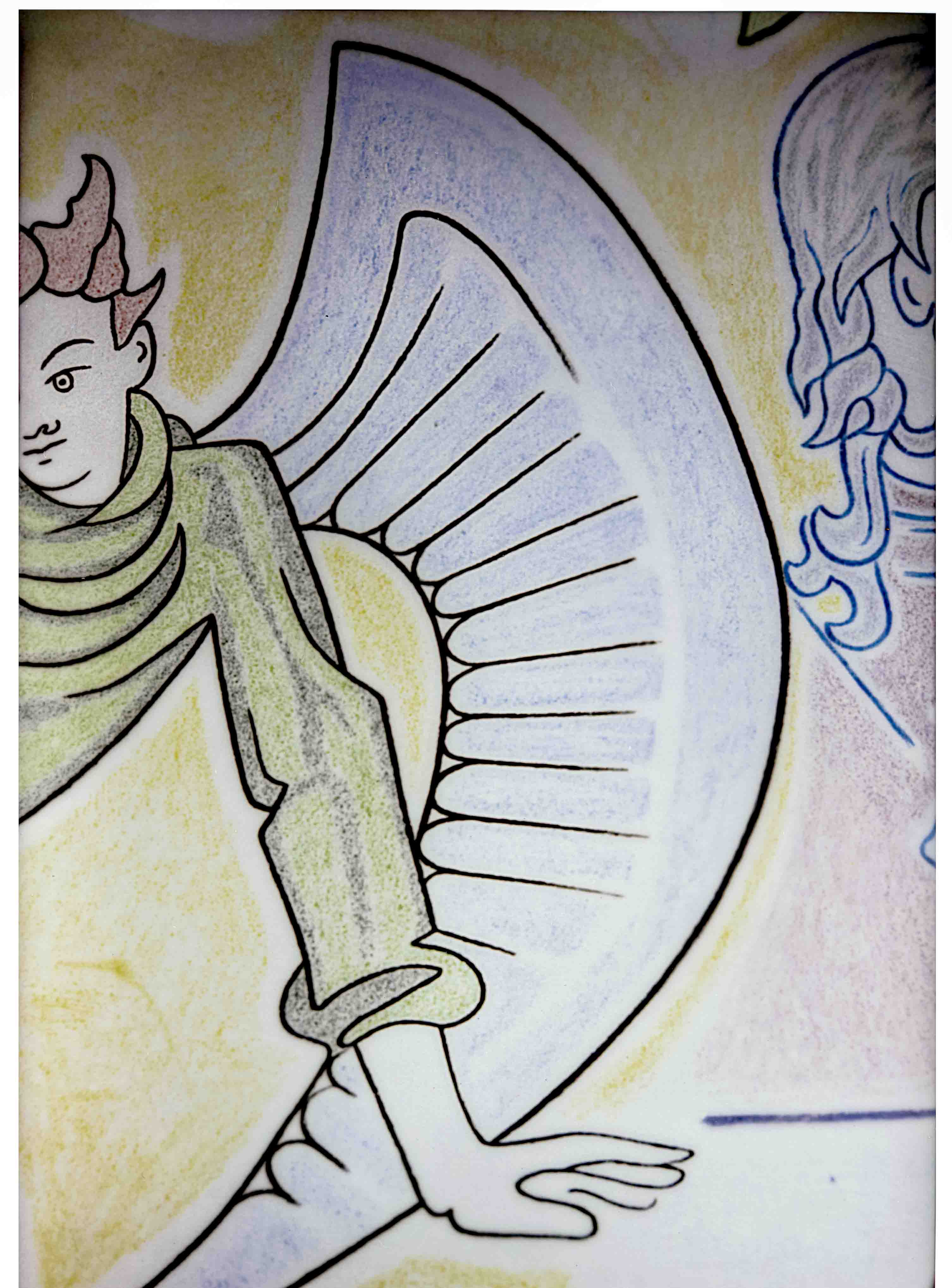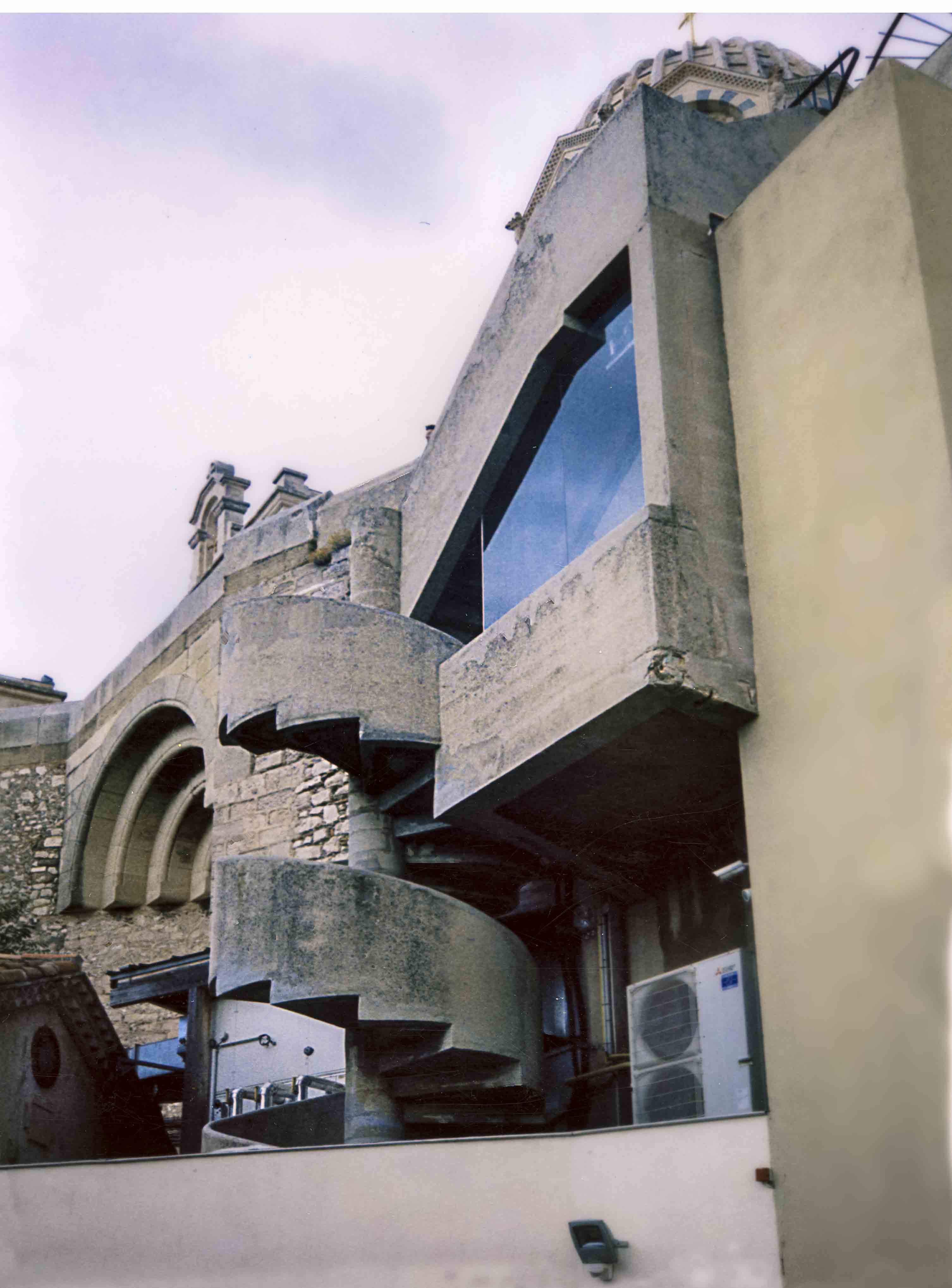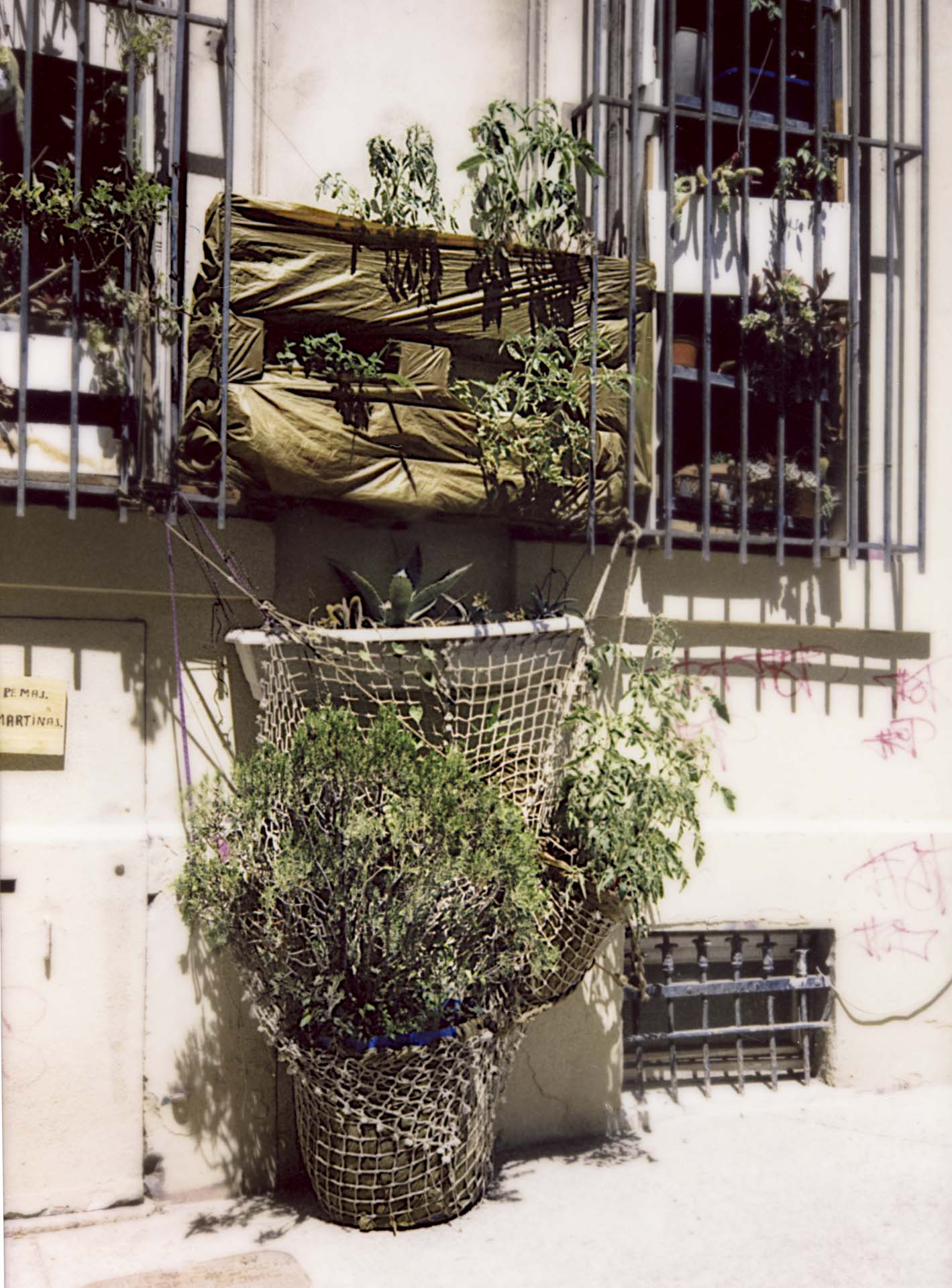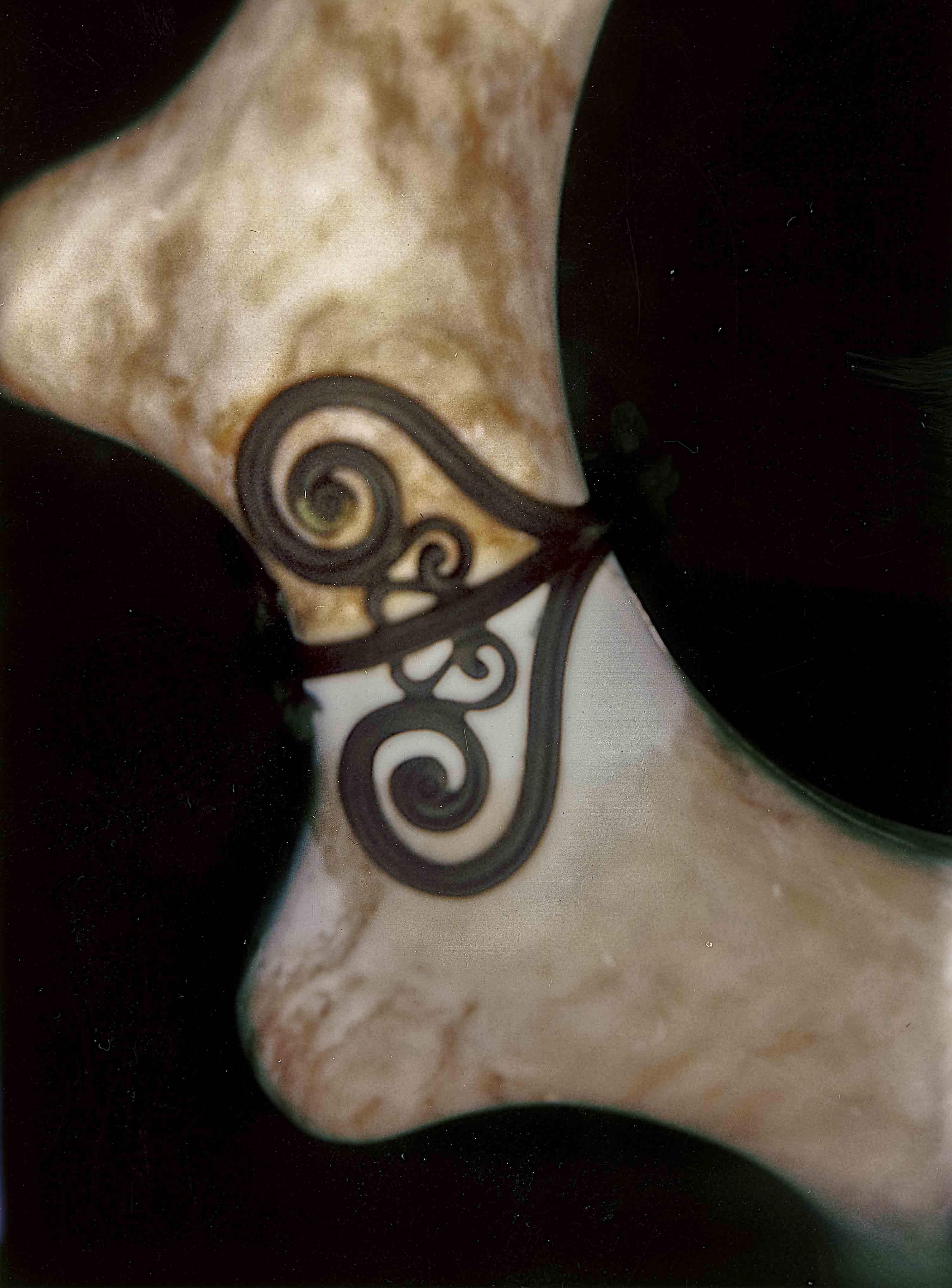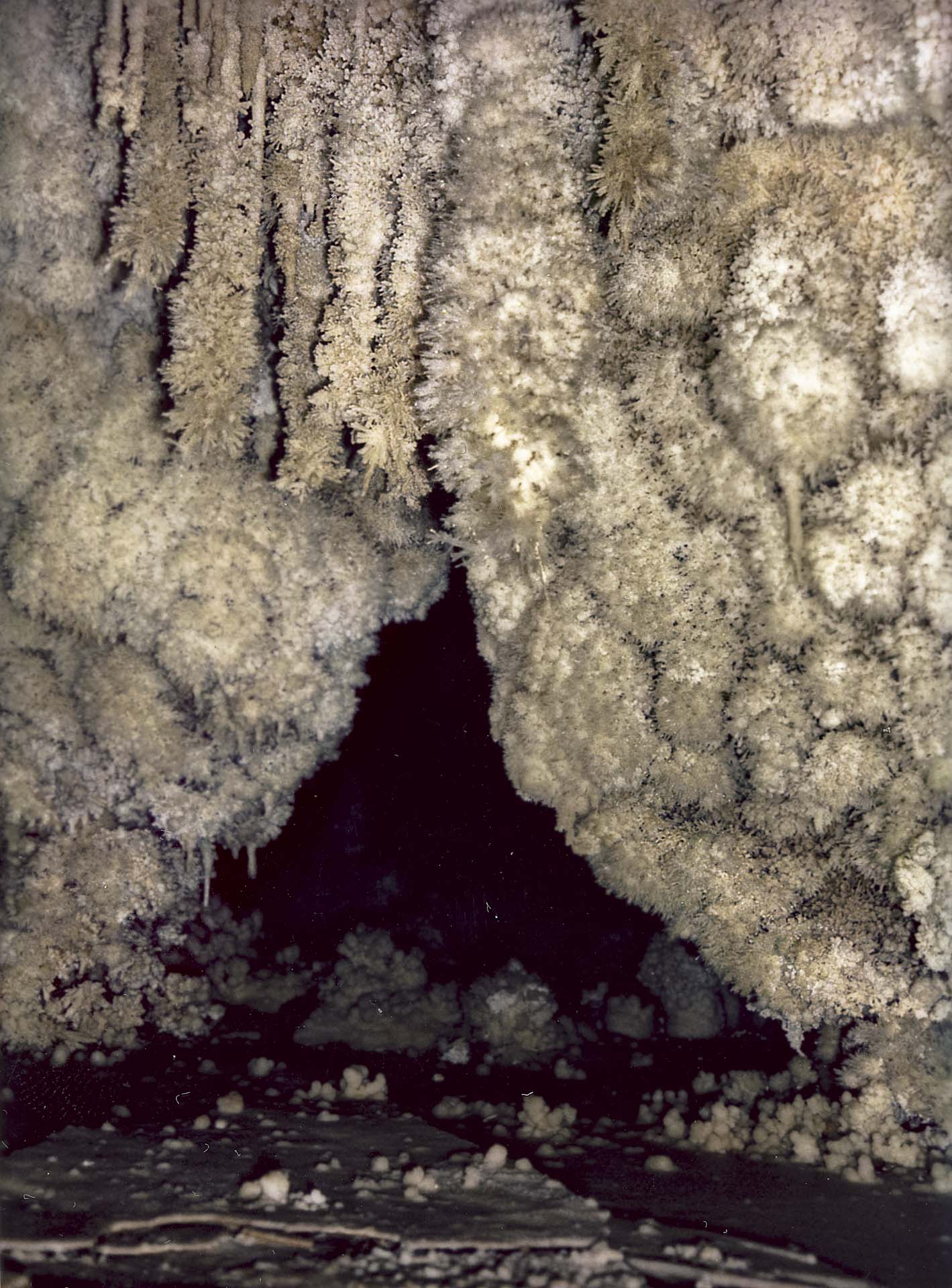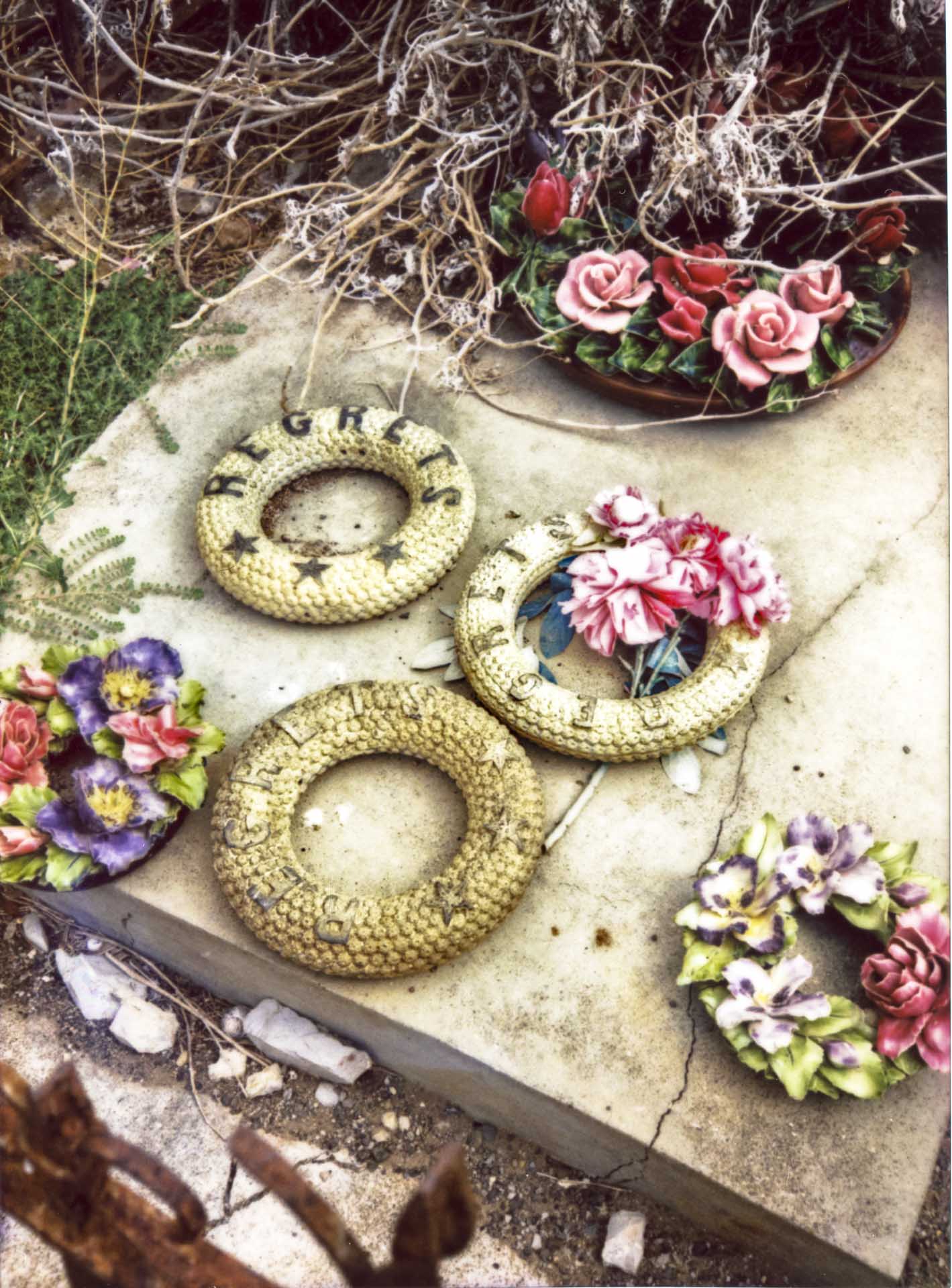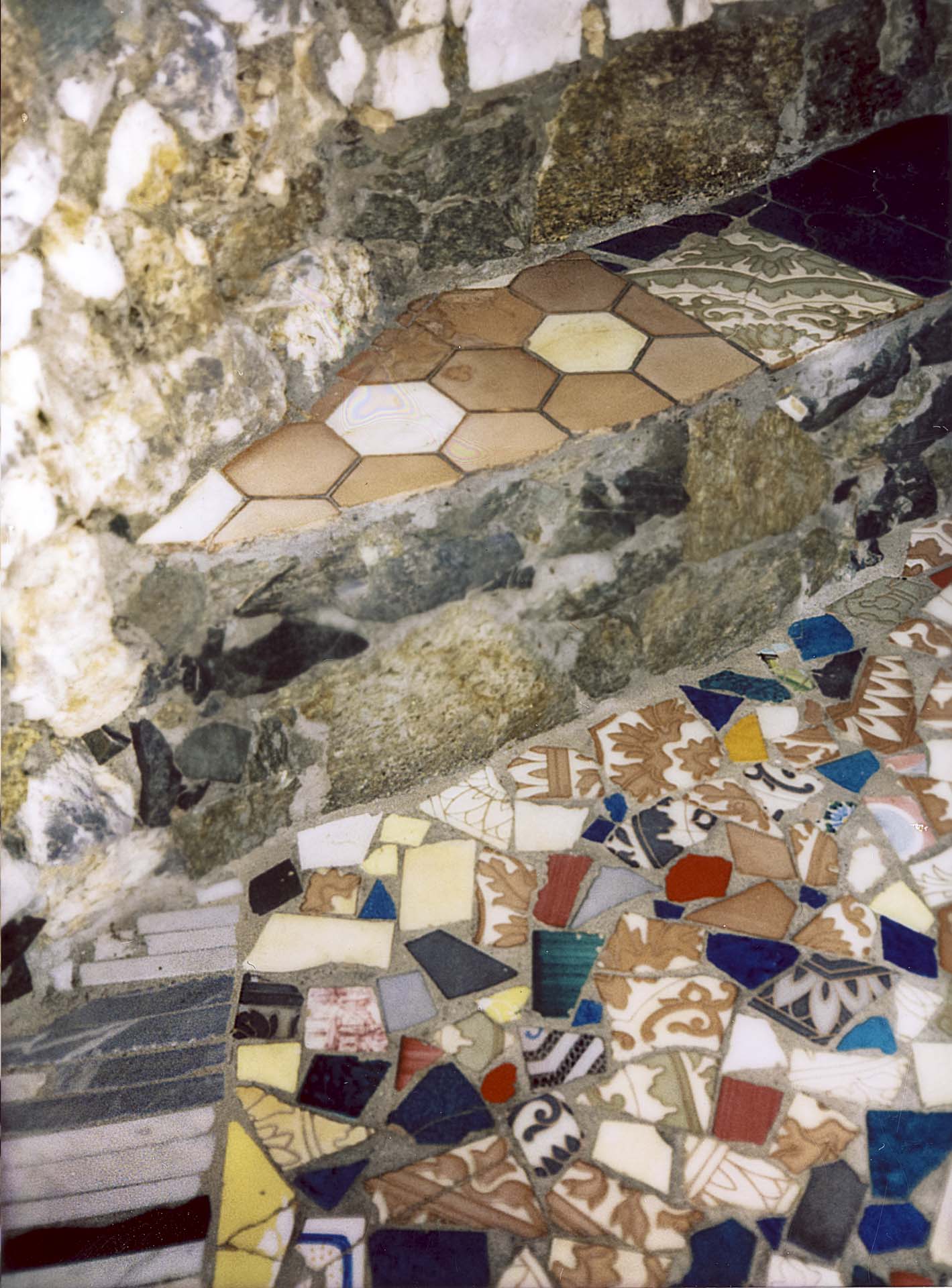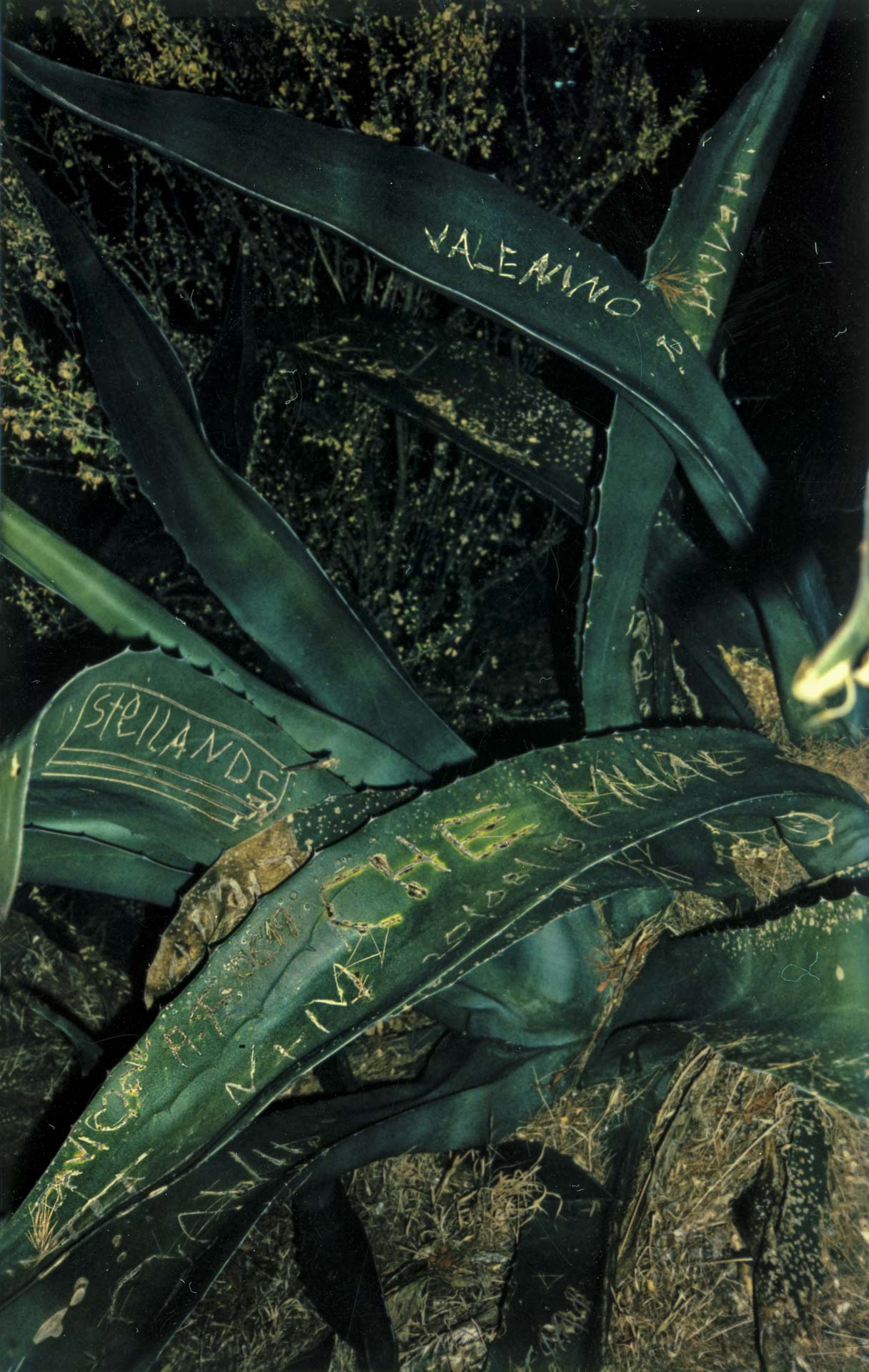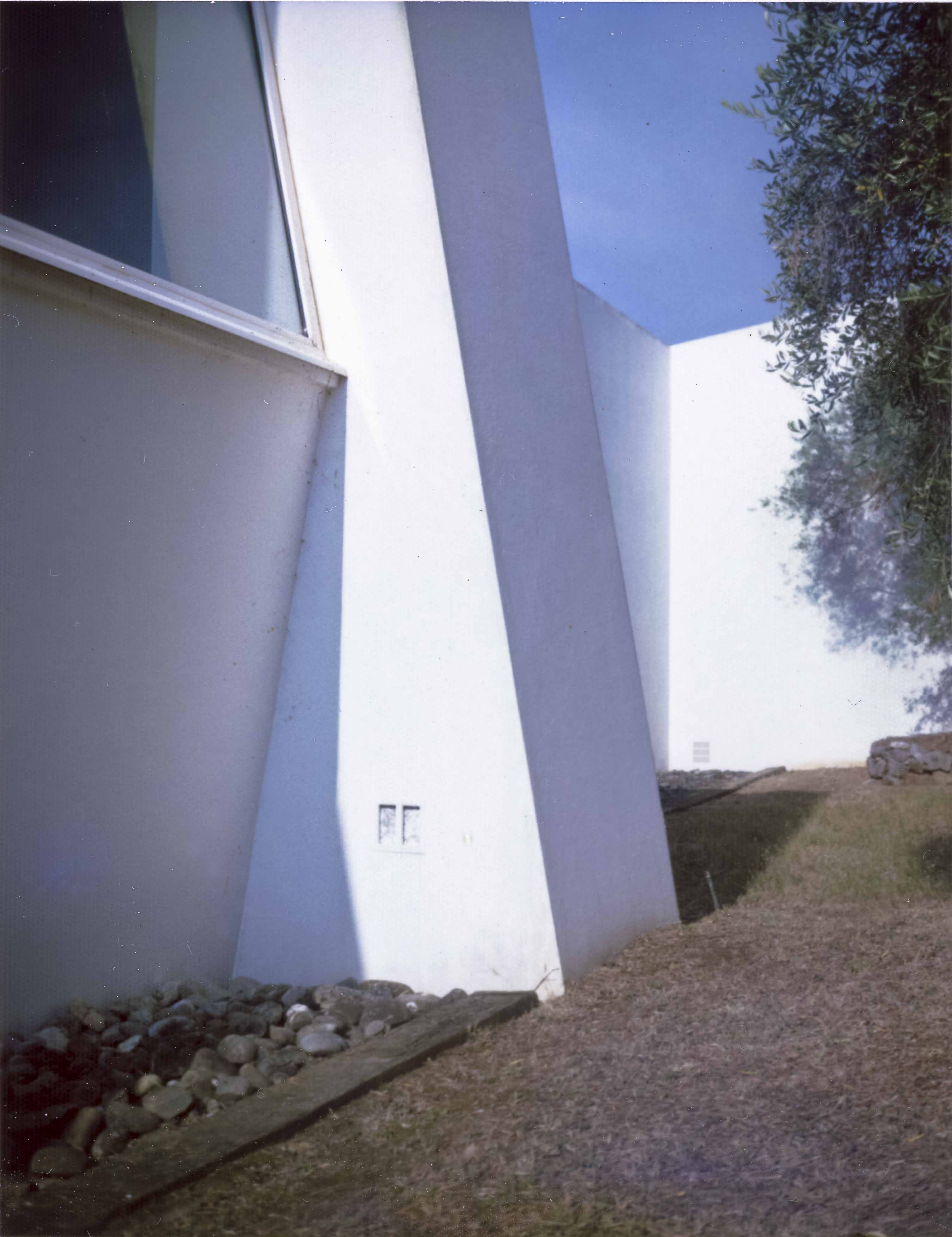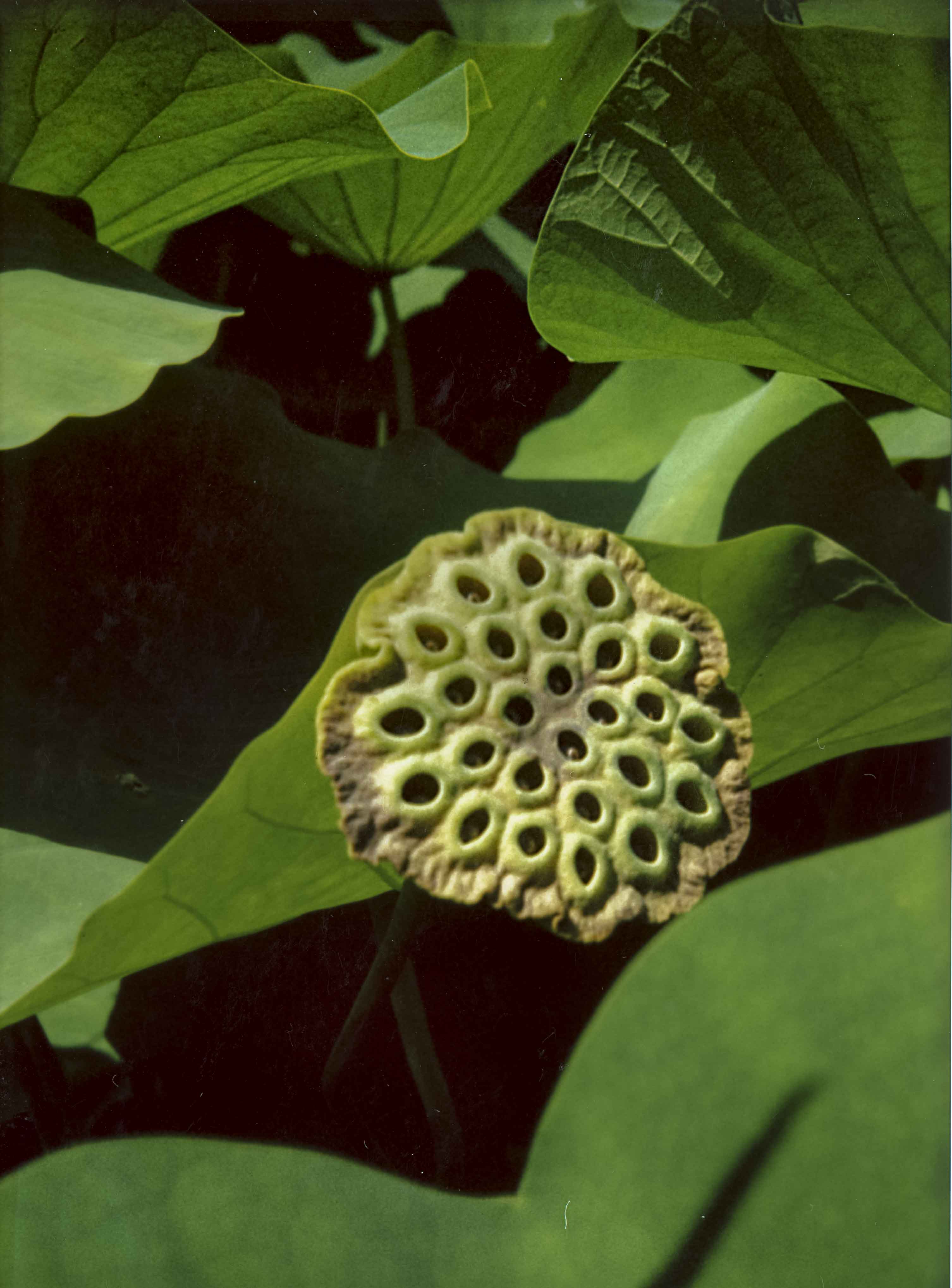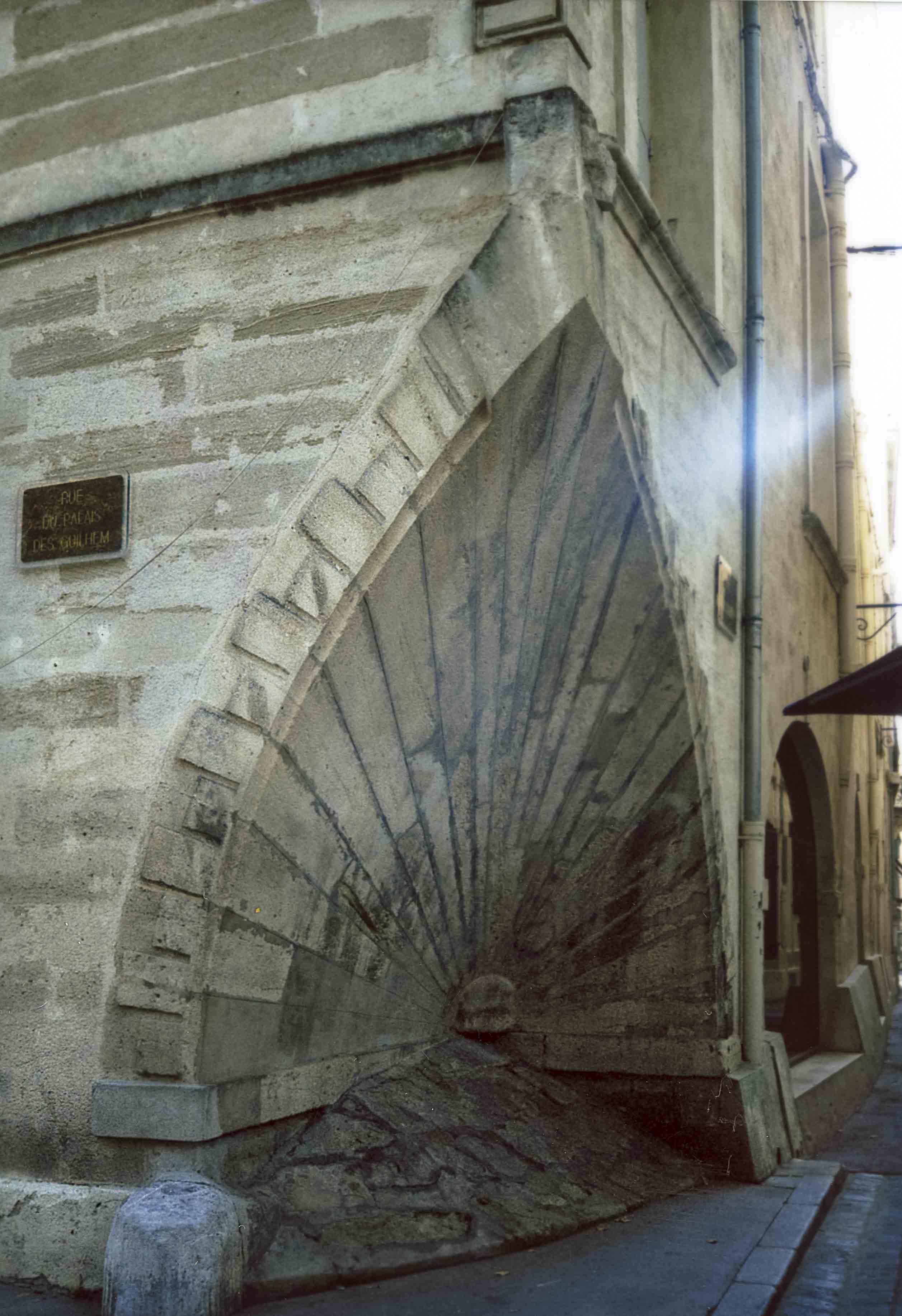From Milan to Rue des Trois Frères Carasso 3, once called Rue Jardin des Plantes, Marseilles. From my house to the address where Antonin Artaud was born, along the coast said to be azure, sleeping in the homes of artists who chose the California of Europe as the base for their work, livelihood and landscape. The idea is that of a pilgrimage, off-kilter, off the wall: to go to visit the birthplace of Antonin Artaud of the Himalaya, whose life journey took him to Smyrna and Switzerland, Saint-Malo and Procida, surrealist Paris and the Berlin of heroic cinema, grand-bourgeois Brussels and messianic Mexico, Ireland and the sad electroshocks of Rodez.
Nothing happens by chance, and indeed the most explosive of travellers was born in the very city that was the stage for the narcotic asides of Walter Benjamin, the place of restless souls, Rimbaud, and the Surrealists fleeing from Nazism, who waited there to board the ships to the Americas. The classic seaport, and indeed it was right here that Nadar ended his days, no longer the portrait artist of the Parisian cultural circles, but extreme and experimental photographer, the one who soared into the sky in hot-air balloons, and who at the ripe-old age of 79 lowered cameras at Cap Pinède, to explore the silent world of the deep.
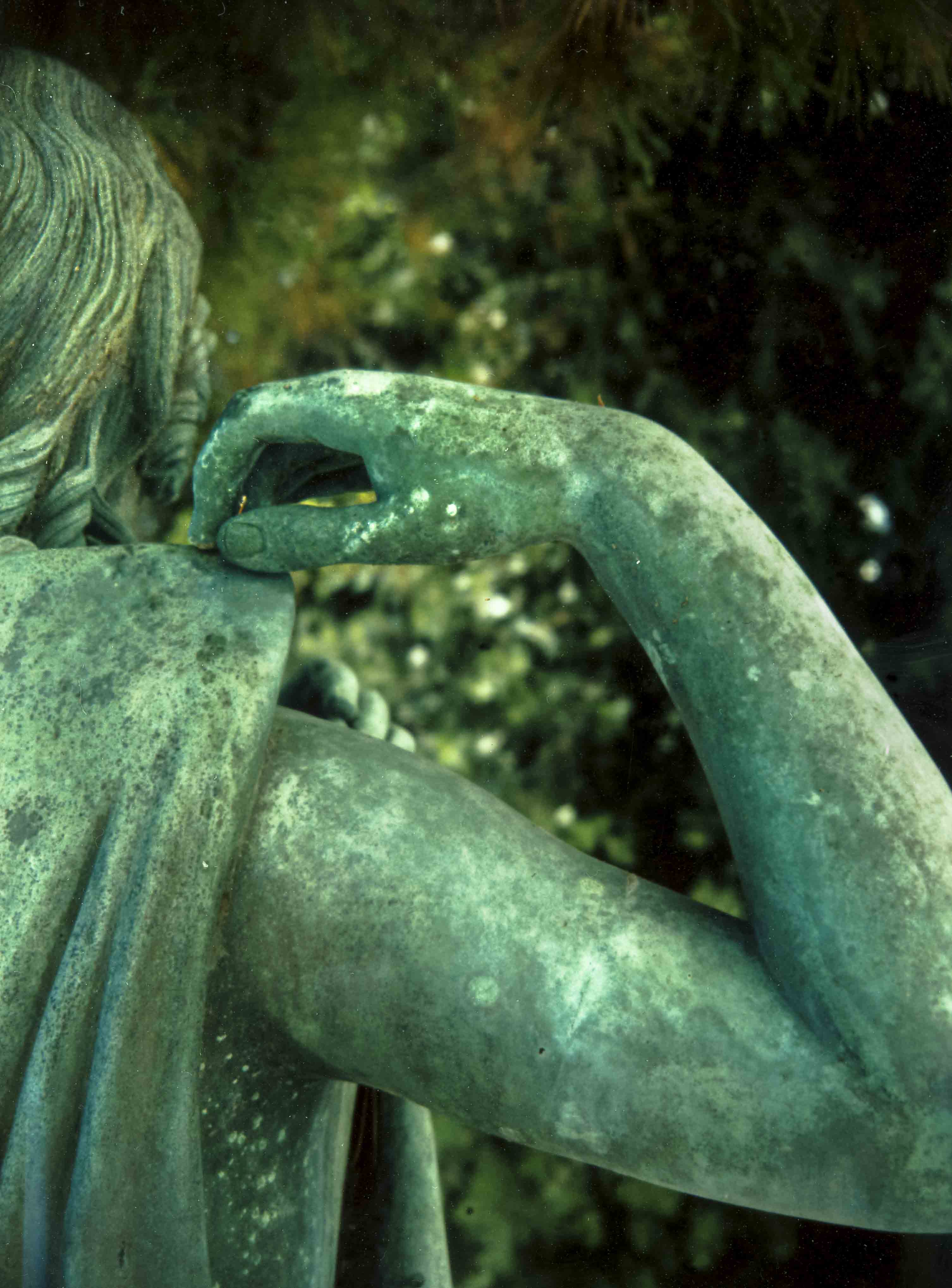
What I had in mind was a journey meant as a devotional practice, wandering, roaming, not to discover unknown things, but to go to visit singular friends, friends I didn’t know yet. In short, a picaresque trip, that is, made by two people, because if you’re alone, you’re always a bit of a vagabond, and if there are three of you, well, that makes a family. And this is how Fabio Quaranta, in addition to being an illustrious designer and sensitive stylist poet, patiently allowed himself to be bundled around for a summer, amidst my maps and his steering wheel, polaroid lenses and the landscape beneath our feet, pastis and rosé wine, and the voice of Robert Wyatt guiding us along our way like a Siren.
531 kilometres, 330 miles, can be covered in a few hours, but the idea was to break our journey into many stages, to proceed in fits and starts, stopping off at Asger Jorn’s hideaway in Albissola, taking a rest at Le Corbusier’s seaside Cabanon, and sleeping in the home/studio of Anna-Eva Bergman and Hans Hartung in Antibes, a magnificent compound that looks as if it were in the Cyclades, but drawn by 007 set designers. An itinerary designed by joining the dots between a specific collection of homes but completed by tempting fate like in the early films of Wim Wenders, with many wild moments on the road that neither were nor could have been planned. All in all, the basic idea was to invent a scrounging and luxury version of Airbnb, and invite ourselves to the one-time homes of the rivière’s crème de la crème. I wasn’t interested in the super Côte d’Azur recounted by James Ballard, but in these special domestic spaces, in achieving a privileged and exclusive access to these personal barrier reefs. All of this had to happen at night, tourism under cover of darkness one might say, to rekindle the splendour of spectral photography with a dab of irony and ill-concealed conviction. Little twilight mysteries, snapped in the dark, the tale of a sleepless journey. It might seem a contradiction in terms to escape lucidity in order to cast light through the dark, but it’s actually a highly effective strategy to avoid the exoticism, the wonder, the stupor, to rule out all possible aesthetic detachment, to root out that attitude that turns unclassifiable things into rarities, packs them up, disempowers them and therefore makes them harmless.
All private homes, all unique and special specimens of a precise category of living, a small catalogue of shells and cocoons, encasements d’auteur, shelters from mundane obligations, secret calcifications, the most intimate scripts. Shells, eggs, membranes, placentas, nests, pouches, the list of metaphors to describe these residences could go on and on… instead, to try to explain them, one could speak of houses built like incrustations, granular buildings, either because they’re organic, or built layer upon layer, nevertheless always ad personam, like a tattoo.
The sense of protection and isolation is like children building a den. Here, though, instead of two blankets and a sofa, we have wood cut with an axe and quick-set cement, or catalogues of potted visual memories like at Villa Kérylos, supreme Hellenistic pastiche and exclusive retreat of archaeologist Théodore Reinach.
Lush, adventurous solitude, like the religious ones of Jean Cocteau, and his frescoes in the chapel of Saint-Pierre des Pêcheurs, or in Menton, or better still, in Notre-Dame-de-Jérusalem, in the middle of Fréjus. It’s hard to find light-hearted ecclesiastic foibles of such standing, and to see so much unheeded playful freedom at work. Saints and Christs morph jauntily, in an impossible mix of different eras and styles, past, present and future: Matisse and Lascaux, Picasso, the comics of Milo Manara and the best Francesco Clemente.
A string of supremely private temples and palaeo-architecture, self-sufficient stand-alone pieces tasting of the sea, retreats as unyielding as limpets. Don’t think of spiders, whose patience is reserved totally for the prey, but of the pearl, which chews the sand that finds its way into its lair, incapsulating it in a spherical treasure chest of mother-of-pearl. But then, to tell the truth, what I’m really interested in is the extreme sweetness of the human beingness that these personal kingdoms tell. They’re all self-narrated stories, like someone talking to themselves, but they’ve been doing so for such a long time that it’s not a murmur or uncertain stuttering; no, brick after brick, a complex and complete vocabulary of hieroglyphics comes to life, like in the pharaohs’ sarcophagi preserved in La Vieille Charité in Marseilles.
The French rivière is a potpourri of these rustic retreats, the result of solitary languages, inimitable hermit shells, tailored suits for the most intimate desires. It can’t be a coincidence that the French words urgently describing these spaces of momentary autonomy – roulotte, caravane, camper – have made their way into other languages too: the subconscious reference is to the crustacean, the oyster, le coquillage, l’escargot, the undisputed master of the coast, all the way from Menton to Sète. To stay on the topic of food, la bouillabaisse is a traditional Marseilles fish soup, a stew of a thousand types of fish, a triumph of garlic, bread, sauce, scents and chilli; it’s the same idea as minestrone, just throw in whatever you’ve got, just like Asger Jorn who customized his home in Albissola, the first stop on our journey. It’s an outdoor cave, the garden made by unrestrainedly gluing shells onto every available surface, painting every stable space, horticulture made of stones, stalagmites and ceramic insulating columns, the ones that prevent devastating short circuits in overhead power lines. Home, studio and spring-fed lake, a hilltop oasis, a supreme example of inverse topiary, which instead of forcing vegetable life to follow geometry, makes the human being into mineral energy, maestro of geological decorations.
Journeys are usually made to clear our eyes, ride the wind, celebrate the open air. The paradox is that we were clocking up the miles to barricade ourselves into houses where the outside doesn’t exist, where what is external is almost not even taken into consideration, and there’s no looking out onto the world: these houses are sealed and self-sufficient capsules, like a bomb shelter, a pre-packed hortus conclusus. If you come across any windows, they’re tiny gaps, holes to let in the little light that is needed, like at Corbu’s Cabanon. Then, if you go to visit Hartung in his studio, you’ve got the exact opposite: the windows are so big that there are no locks, they’re enormous glass squares, gigantic outlines that frame the landscape in a picture, making it an image, not a living thing.
Casa Hartung is a Californian mansion, as pure as a diamond of light, blinding and edgy. More than the home-studio of a couple of artists, it brings to mind a highly sophisticated aerospace research centre, even though you might be duped by the swimming pool in the centre of the patio. It’s got nothing to do with the organic, irregular and pitted shells we’ve seen so far, but even if it doesn’t look like one, in its soul of souls it’s a house of sponge too; its true core is the studio, a miniature hangar entirely clothed in clots, drips and sprays of colour, projections of self-esteem absorbed by the walls for decades, which now observe us like witnesses privy to an informal Big Bang.
As you’ll have noticed, these domestic fantasies are different scenes from a single novel, aquariums of different fish belonging to a single race, utopian designers bred in the waters of the twentieth century. They’re the mystic journey of people diving into their own dark matter. Not to hide away though, the opposite: it’s so they can understand themselves through and through, a bit like the self-confinement of Jean Des Esseintes in Huysmans’ masterpiece, À Rebours (Against the Grain).
